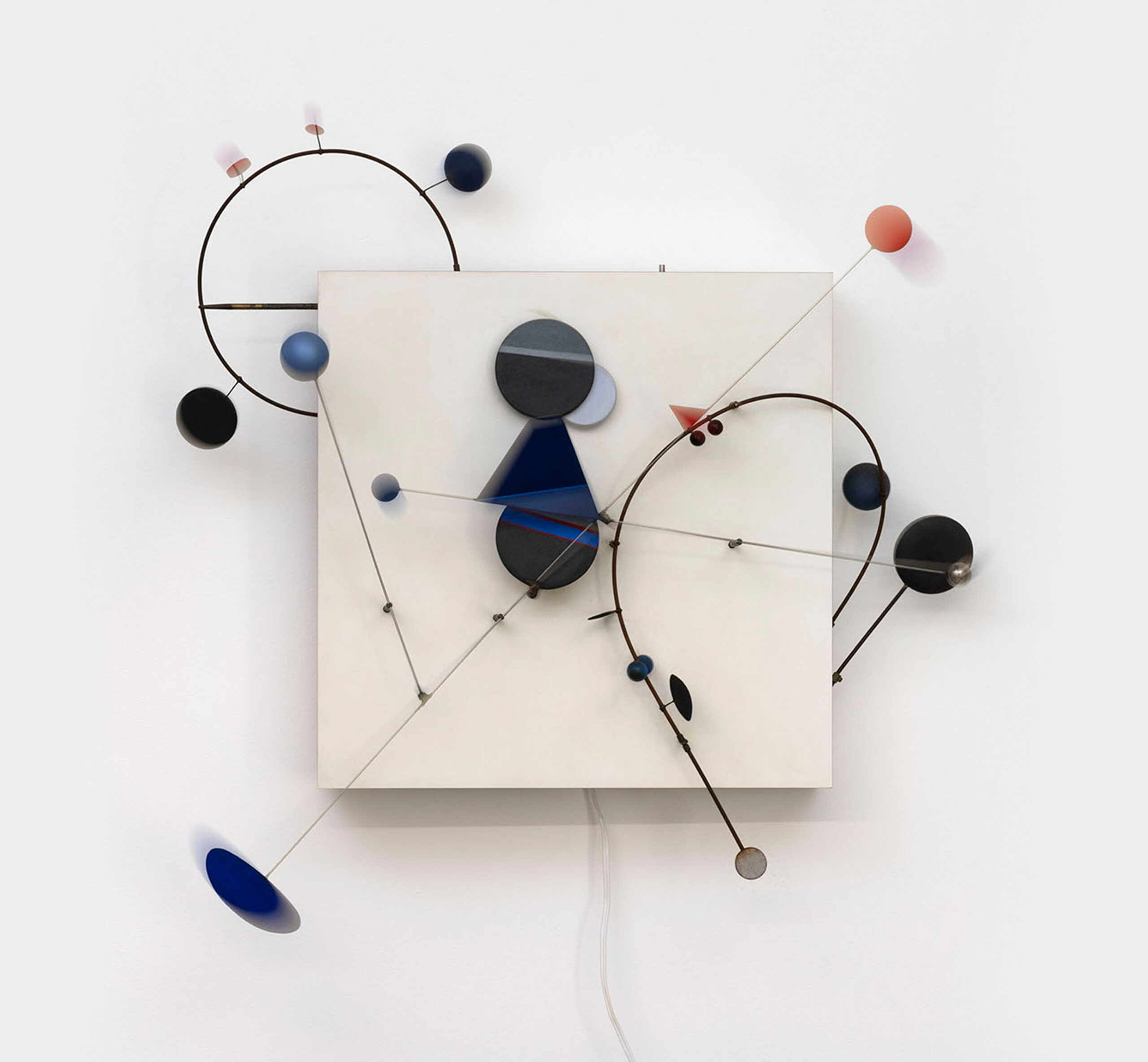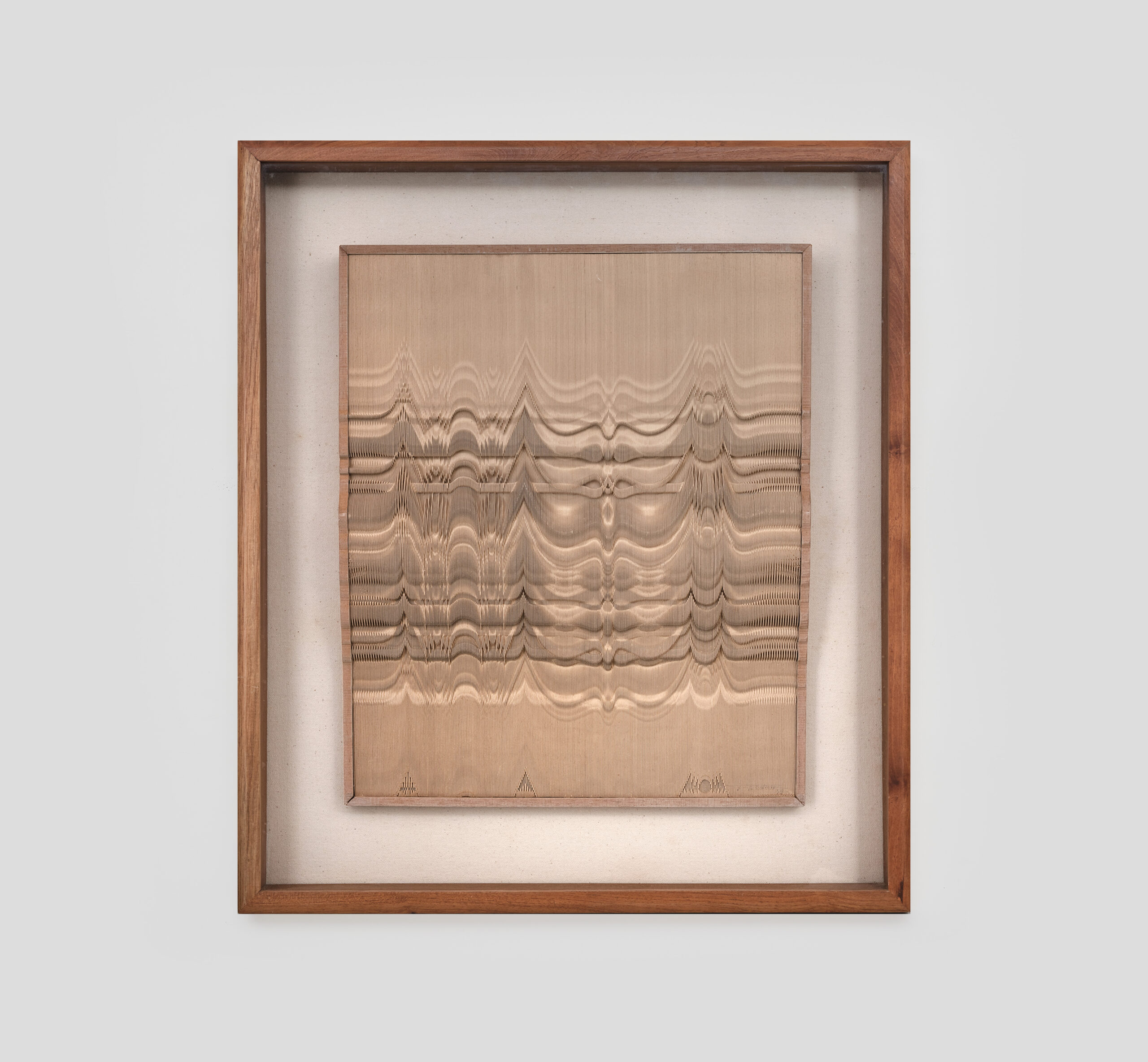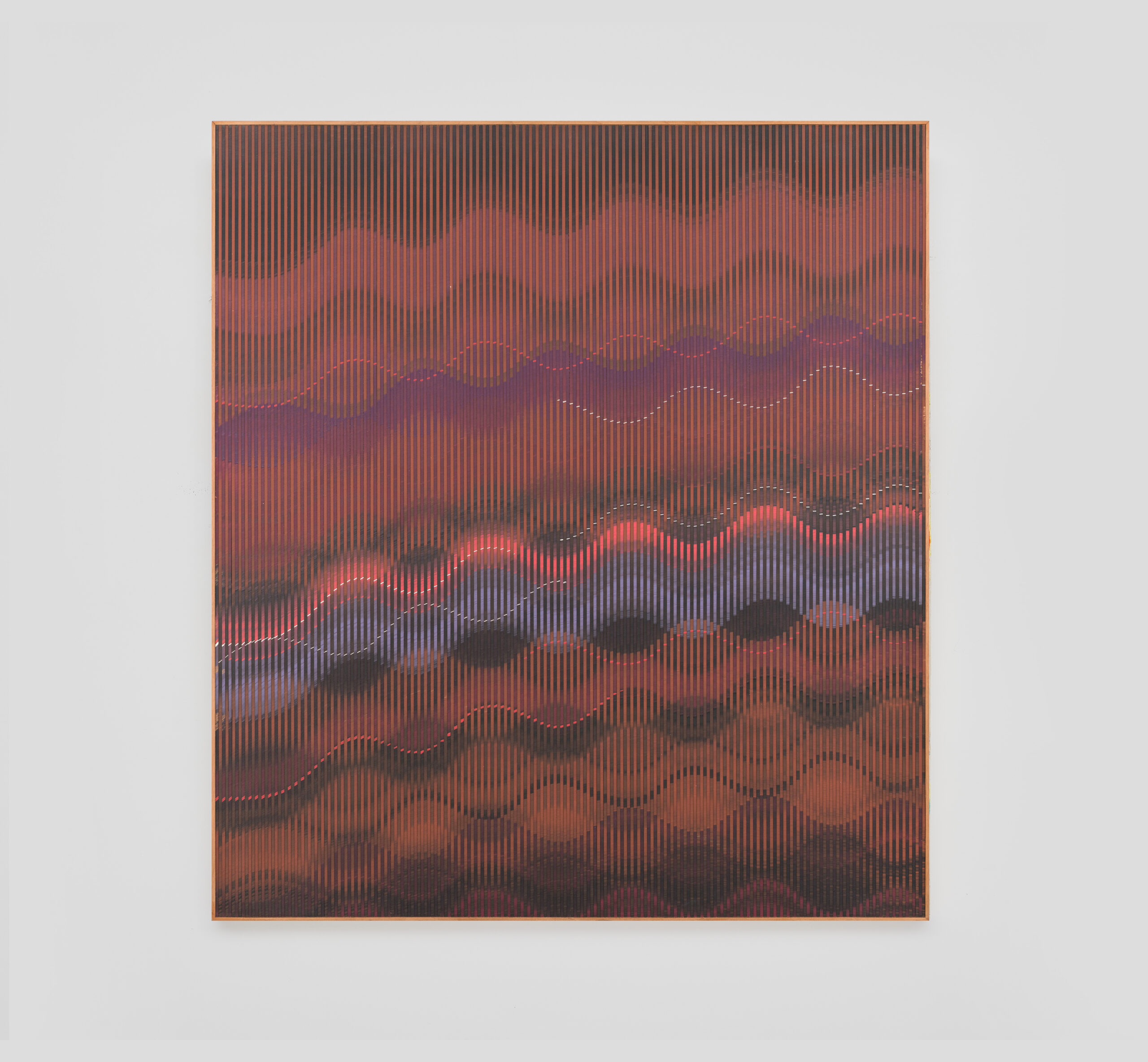Abraham Palatnik
Abraham Palatnik, born in Natal, Rio Grande do Norte, in 1928, is a central figure in the development of kinetic art, in addition to his achievements as a painter and draftsman. In 1932, Palatnik moved with his family to the region that now constitutes the State of Israel, where, from 1942 to 1945, he studied at the Montefiori Technical School in Tel Aviv, specializing in internal combustion engines. He expanded his art studies under the guidance of Haaron Avni and the sculptor Sternshus, as well as studying aesthetics with Shor, attending the Tel Aviv Municipal Art Institute until 1947.
Returning to Brazil in 1948, Palatnik settled in Rio de Janeiro, where he became associated with artists such as Ivan Serpa, Renina Katz, and Almir Mavignier. These connections led him to attend the residence of art critic Mário Pedrosa and to get acquainted with the work of Nise da Silveira at the Engenho de Dentro Psychiatric Hospital. Influenced by conceptual discussions with Pedrosa, Palatnik broke away from traditional conventions of art, exploring new relationships between form and color, abandoning figurative techniques and the use of brushes.
Around 1949, Palatnik began his pioneering experiments with light and movement, culminating in the creation of the Aparelho Cinecromático (Cinechromatic Device), which was exhibited at the 1st São Paulo International Biennial in 1951, receiving an honorable mention. In 1954, he joined the Grupo Frente, collaborating with notable figures such as Ivan Serpa, Ferreira Gullar, and Lygia Clark.
From 1964 onwards, Palatnik developed the Objetos Cinéticos (Kinetic Objects), an evolution of the cinechromatic works, revealing the internal mechanism and eliminating the light projection, with mathematical rigor being a constant in his work. Palatnik is internationally recognized as one of the pioneers of kinetic art, continuing to influence the artistic field with his innovative approach.



